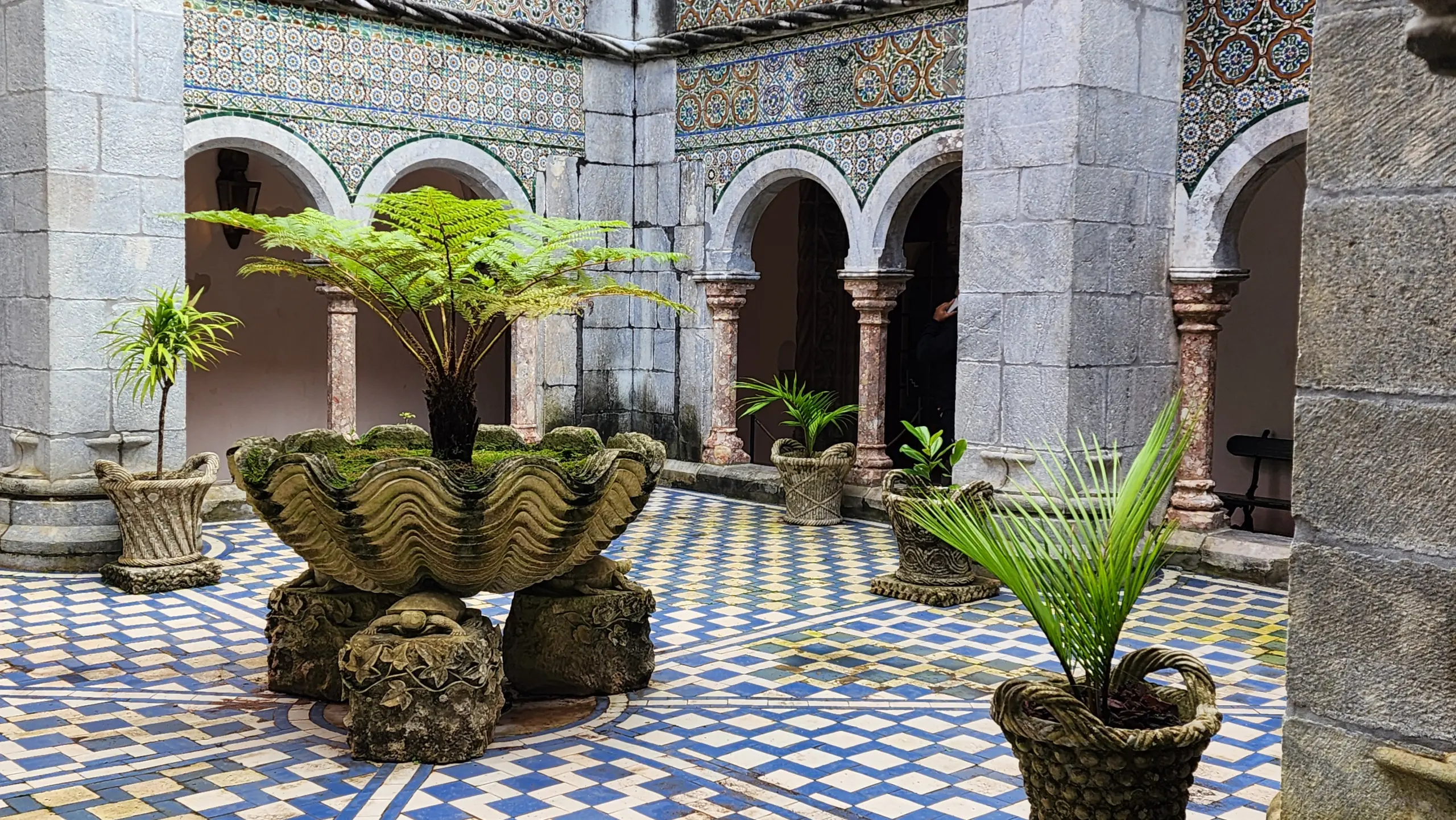Olá, friends! 😍 Lisbon is a city that delights the senses: layers of history, tile-clad façades, and architectural wonders that tell tales of kings, sailors, and dreamers. While wandering through Lisbon, Belém, and Sintra, I kept hearing one particular word from guides and locals alike: Manueline. At first, I wasn’t sure what it meant, but once I learned more and saw it with my own eyes, I was enchanted. Turns out, it’s not just a style—it’s a celebration in stone, a sculptural symphony born from Portugal’s Golden Age.
What is Manueline?
Named after King Manuel I of Portugal, Manueline (pronounced mahn-wel-leen) is a uniquely Portuguese form of late Gothic architecture that flourished in the early 1500s, during a time when Portugal was emerging as a global maritime power. Often referred to as “Portuguese late Gothic”, the style embodies the optimism and grandeur of the Age of Discoveries.
What sets Manueline apart is its extravagant use of maritime and religious symbolism. Think carved ropes and knots that mimic the rigging of ships, sea shells and coral patterns, armillary spheres (Portugal’s symbol of exploration), botanical flourishes like vines and leaves, and Christian crosses and iconography woven into every nook and cranny. The artistry is so elaborate that it often feels more like sculpture than architecture. Everywhere you look, there’s a sense of movement and storytelling—as if the stone itself were alive with adventure and awe.
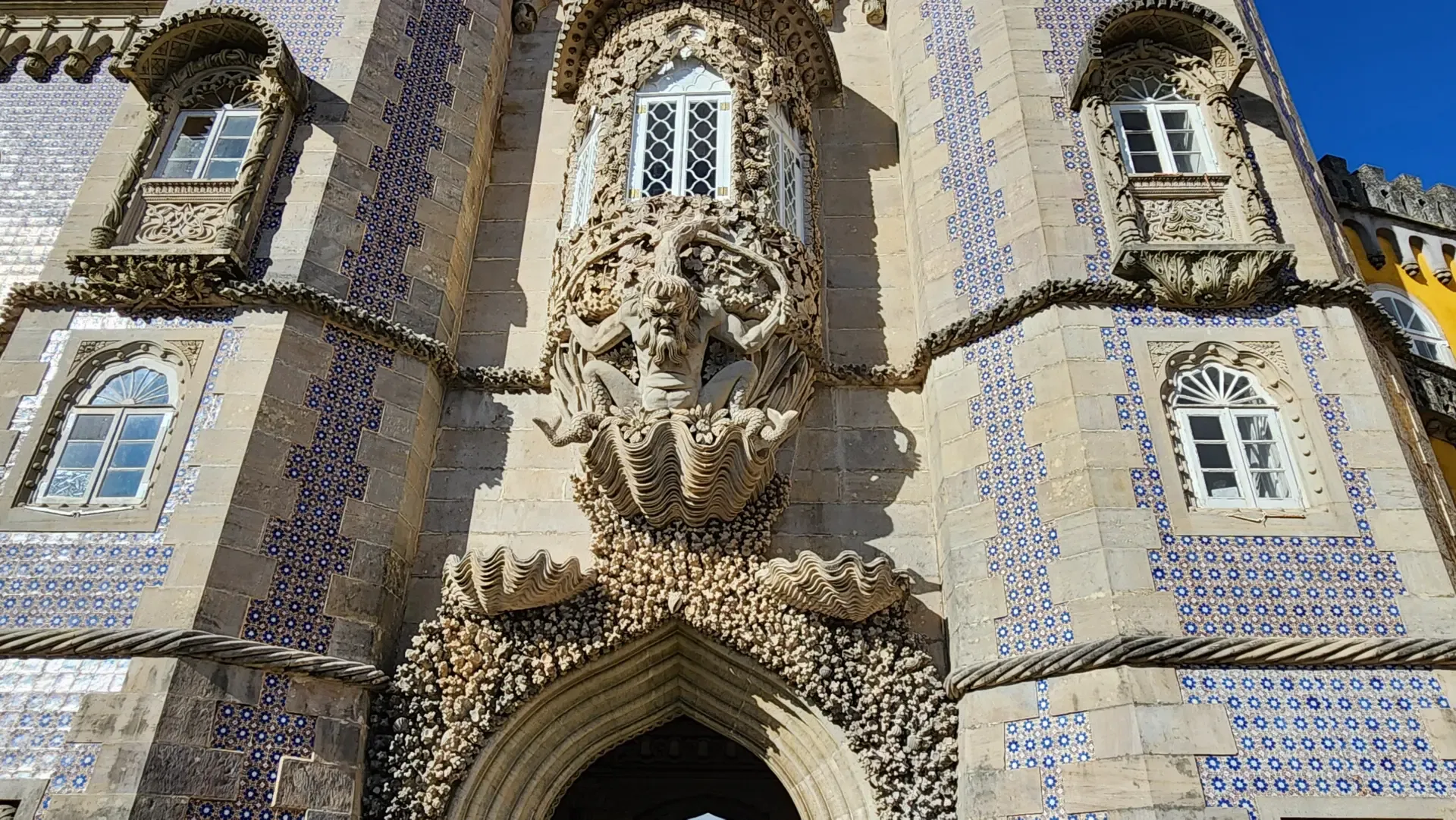
Where I Spotted It
You can find Manueline style across Portugal, but it was in Lisbon, Belem and Sintra that I truly fell under its spell. These cities are rich in architectural diversity, and the Manueline details pop up in both grand monuments and unexpected corners. Here are some of the most memorable places I visited:
Jerónimos Monastery (Mosteiro dos Jerónimos) — Lisbon’s Manueline masterpiece. The elaborate cloisters are a dream to wander through, with finely sculpted arches, maritime motifs, and religious iconography that make every step feel like stepping through history. You’ll spot armillary spheres, twisted columns, and even sea creatures hiding in the stonework.

Belém Tower (Torre de Belém) — This iconic riverside fortress is adorned with twisted rope columns, stone armillary spheres, and delicate carvings of sea monsters and explorers. Its picturesque setting by the Tagus River makes the Manueline details feel all the more magical.
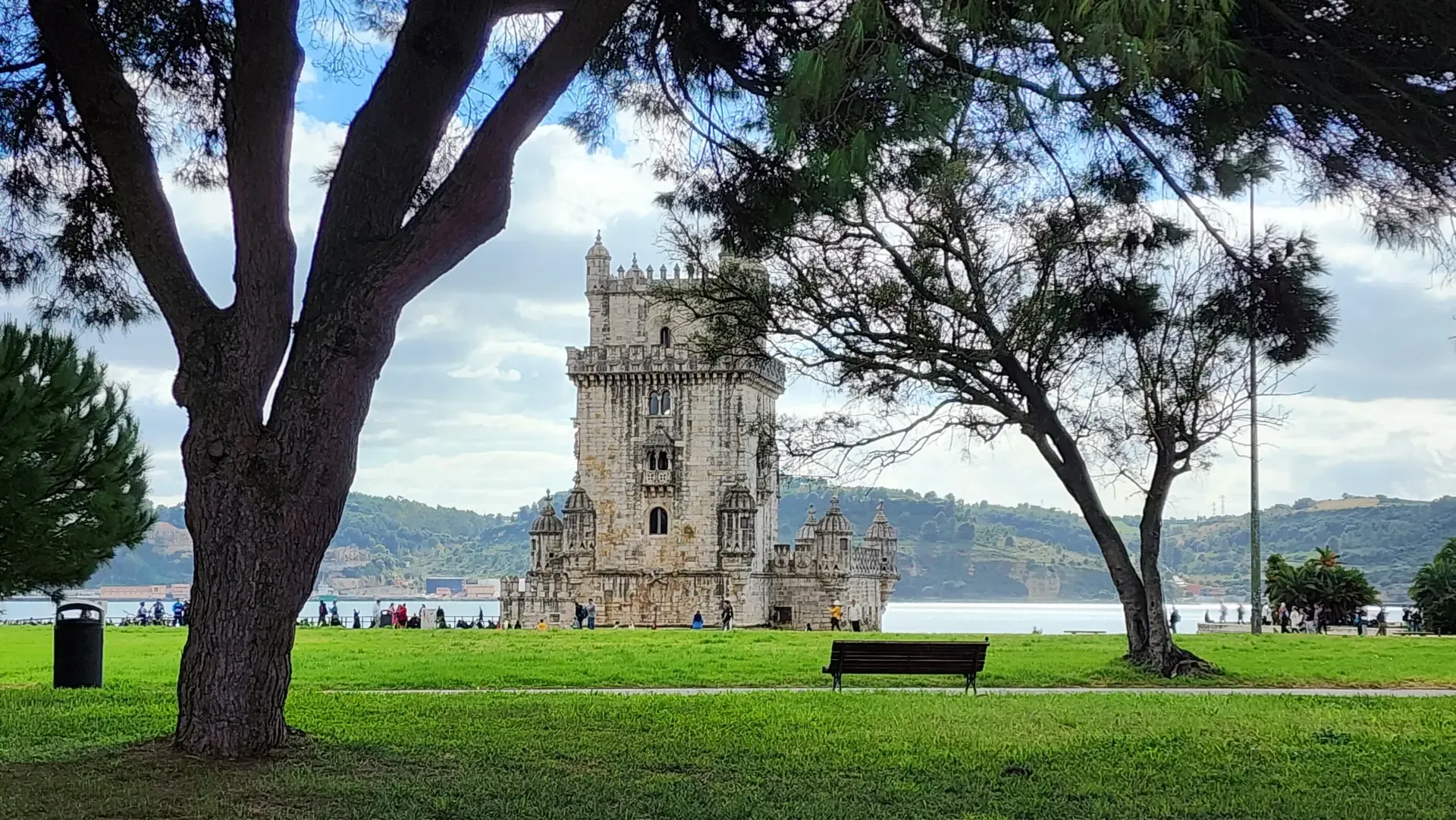
Pena Palace (Sintra) — While it’s a colorful blend of Romantic and Gothic styles, Manueline influences show up in the decorative windows, sculptural portals, and grand arches of Pena Palace. The details feel playful and poetic—like the stone itself is telling fairy tales.
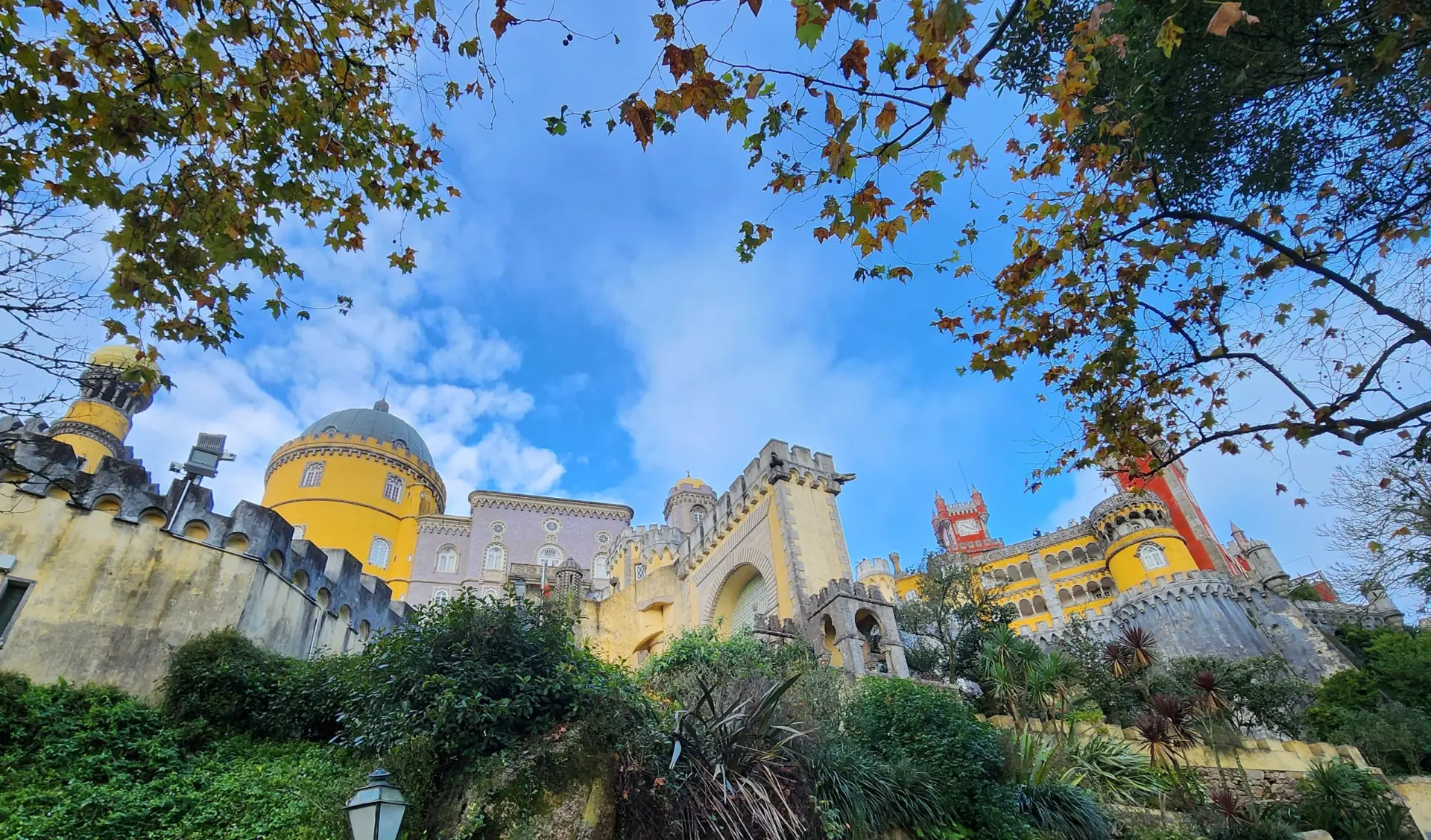
Rossio Railway Station — Right in the heart of Lisbon’s Baixa district, this stunning 19th-century train station features two monumental horseshoe arches with floral flourishes that nod to the Manueline spirit. I loved how this busy hub still held a touch of old-world drama.
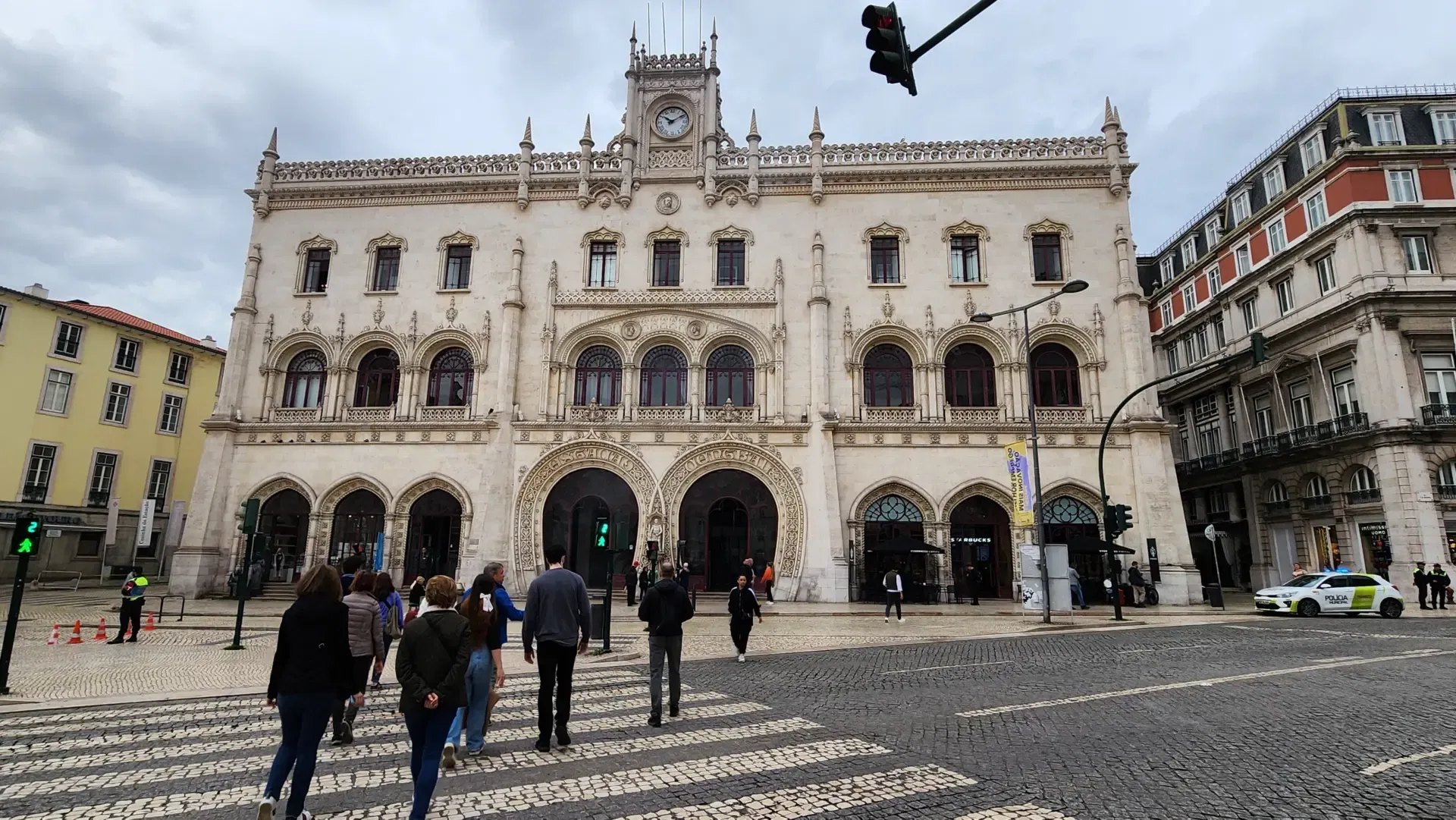
Convento do Carmo — Though mostly Gothic, you’ll notice touches of the Manueline era in what remains after the 1755 earthquake. The pointed arches and delicate tracery in Convento do Carmo hint at a time when Lisbon was adorned with stories carved in stone.
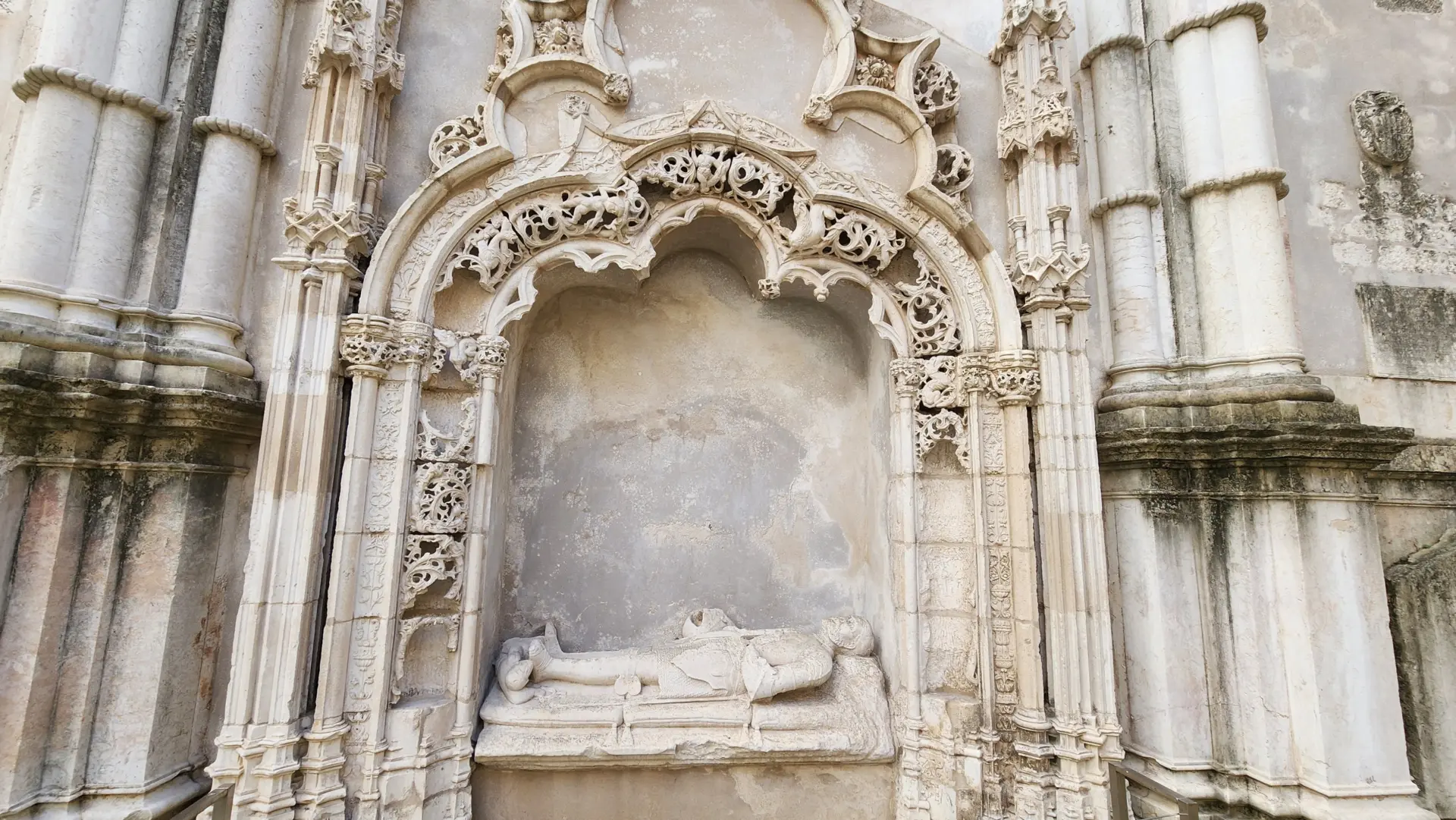
What Makes it Special?
To me, Manueline is storytelling through architecture. It embodies a time when Portugal was discovering the world, bursting with wealth, curiosity, and artistic flair. Each detail—from knotted ropes to coral-shaped carvings—offers a glimpse into the country’s dreams and daring spirit.
What truly makes it special is its emotional richness. I found myself lingering longer at doorways, peering closely at columns, running my fingers along stone ropes, imagining the voyages, prayers, and promises they represent. It’s dramatic but never cold. Ornate but never stiff. The more you look, the more you see—and the more you feel connected to Portugal’s layered history.
Final Thoughts
Next time you’re in Lisbon, don’t just admire the buildings, engage with them. Look closely at doorways, arches, and windows. Notice the swirling patterns, the starfish, the globes, the ropes. These aren’t just decorations; they’re visual echoes of Portugal’s past.
Whether you’re gazing up at Jerónimos Monastery, strolling through the colorful charm of Sintra, or pausing at a train station, you’ll start to see Manueline flourishes everywhere once you’ve been introduced to their language. It’s like unlocking a secret layer of the city—and it’s one of the most magical ways to explore Lisbon.
It’s Portugal’s past, carved beautifully into its present!
xoxo,
Bubbly 💕

